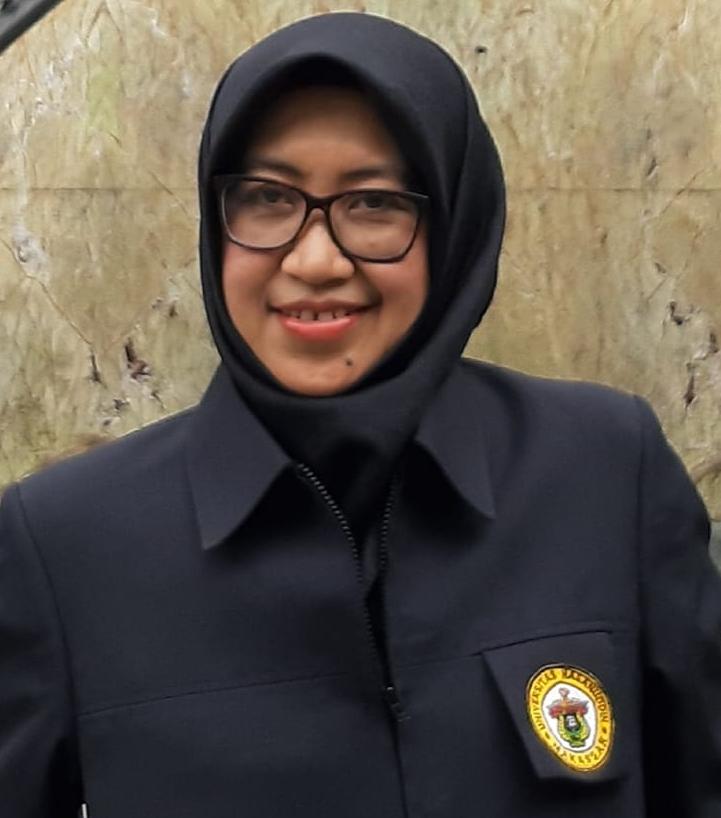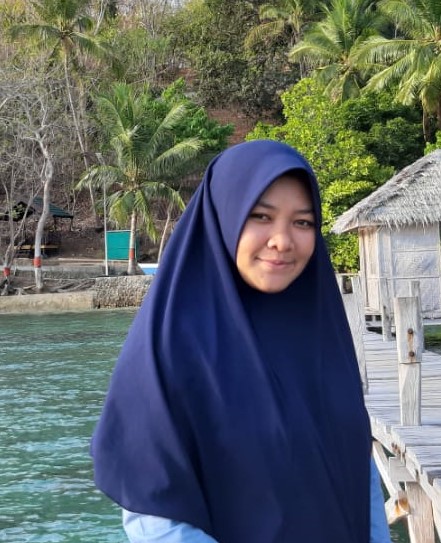Kesesuaian dan Arahan Penggunaan Lahan Berdasarkan Rencana Pola Ruang Wilayah di Hulu Daerah Aliran Sungai Kelara
DOI:
https://doi.org/10.24259/jhm.v9i2.2872Keywords:
Land use, Spatial Pattern Plan, WatershedAbstract
This study aimed to analyze the compatibility between the land cover spatial pattern plan and determine the direction of land use in the event of a discrepancy. This research was conducted on the Kelara Upstream Watershed located in gowa and jeneponto using land cover maps generated from landsat imagery interpretation 8. Then overlay to map the spatial pattern plan. Then determined the order of land use is done when there is a discrepancy between the results of the overlay with maps of land cover spatial pattern plan. The result showed that 41,05% of the total area of the Kelara Upstream Watershed of 28.185,68 ha a land use form of a orchards. After overlay discovered discrepancy land cover maps with maps of spatial pattern plan. Based on a map spatial pattern plan that should in reality the field is man made forest, orchards, dryland agriculture and rice field. According to these condition the specified order of land use that is Hkm (Community Forest) with agroforestry and Agroforestry Systems. Rice field In the Protected and Production forest order to intensification land use and plantations forest, orchards and dry land agriculture order to Community Forest with agroforestry systems . In the area of cultivation the land use rice field, orchards and dryland agriculture order to agroforestry systems.Downloads
References
As-syakur, A.R dan Adnyana, I.W.S. (2009). Analisis Indeks Vegetasi Menggunakan Citra ALOS/AVNIR-2 dan Sistem Informasi Geografis (SIG) untuk Evaluasi Tata Ruang Kota Denpasar. Jurnal Bumi Lestari, Volume 9 No.1, Februari 2009, hlm. 1-11.
Ferdinan, F., Jamilah dan Sarifuddin. (2013) .Evaluasi Kesesuaian Lahan Sawah Beririgasi di Desa Air Hitam Kecamatan Lima Puluh Kabupaten Batubara. Jurnal Online Agroekoteknologi, Vol 1, No. 2, Maret 2013.
Guntara. (2013). Agroforestry Sebagai Alternatif Pemanfaatan Lahan Bawah Tegakan untuk Peningkatan Pendapatan Petani di Kabupaten Lumajang. Penyuluh Kehutanan Dinas Kehutanan Kabupaten Lumajang.
Lillesand, T.M., dan R.W. Kiefer. (1994). Penginderaan Jauh dan Interpretasi Citra.
Gadjah Mada University Press. Yogyakarta.
Limbong, A. (2015). Perencanan Penggunaan Lahan untuk Mitigasi Erosi di Hulu Daerah Aliran Sungai Kelara. Fakultas Kehutanan Universitas Hasanuddin. Makassar. [Tidak dipublikasikan]
Murniati dan Sumarhani. (2010). Social Forestry Menuju Restorasi Pembangunan Kehutanan Berkelanjutan. Pusat Penelitian dan Pengembangan Perubahan Iklim dan Kebijakan. Bogor.
Peraturan Menteri Kehutanan Republik Indonesia Nomor : P.61/Menhut-II/2014 Tentang Monitoring dan Evaluasi Pengelolaan Daerah Aliran Sungai. Jakarta.
Peraturan Menteri Kehutanan Republik Indonesia Nomor : P-88/Menhut-II/2014 Tentang Hutan Kemasyarakatan. Jakarta.
Pradana, B., Sudarsono,B dan Subiyanto, S. (2013). Analisis Kesesuaian Lahan Pertanian Terhadap Komoditas Pertanian Kabupaten Cilacap. Jurnal Geodesi Undip Volume 2, Nomor 2, Tahun 2013, (ISSN:2337-845X).
Rianti, I.P dan Winarto, V. (2013). Ada yang berbeda dengan Agroforestry Suksesi Alami Berkelanjutan. http://bp2sdmk.dephut.go.id. Diakses pada tanggal 23 Februari 2016 pukul 11.38 Wita.
Syaifuddin, D. dan Anwar, I. (2008). Kajian Potensi Lahan Untuk Menunjang Optimalisasi Pengembangan Tanaman Jagung di Kabupaten Gowa dan Takalar. Jurnal Agrisistem, Juni 2008, Vol.4 No.1.
Udkhiyah. (2013). Perencanaan Jalur Interpretasi “The Gate of Secret” dalam Mengangkut Identitas Cirebon Sebagai Kota Wisata Budaya. UniversitasPendidikan Indonesia. Repository.upi.edu.
Undang-Undang Republik Indonesia Nomor 41 Tahun 1999 Tentang Kehutanan. Jakarta.
Zamroh, M. R. A. (2014). Analisis Perubahan Penggunaan Lahan Untuk Permukiman dikecamatan Kaliwangu dengan Sistem Informasi Geografis. Jurnal Ilmiah Pendidikan Geografis Vol.2 No.1 Oktober 2014.



















